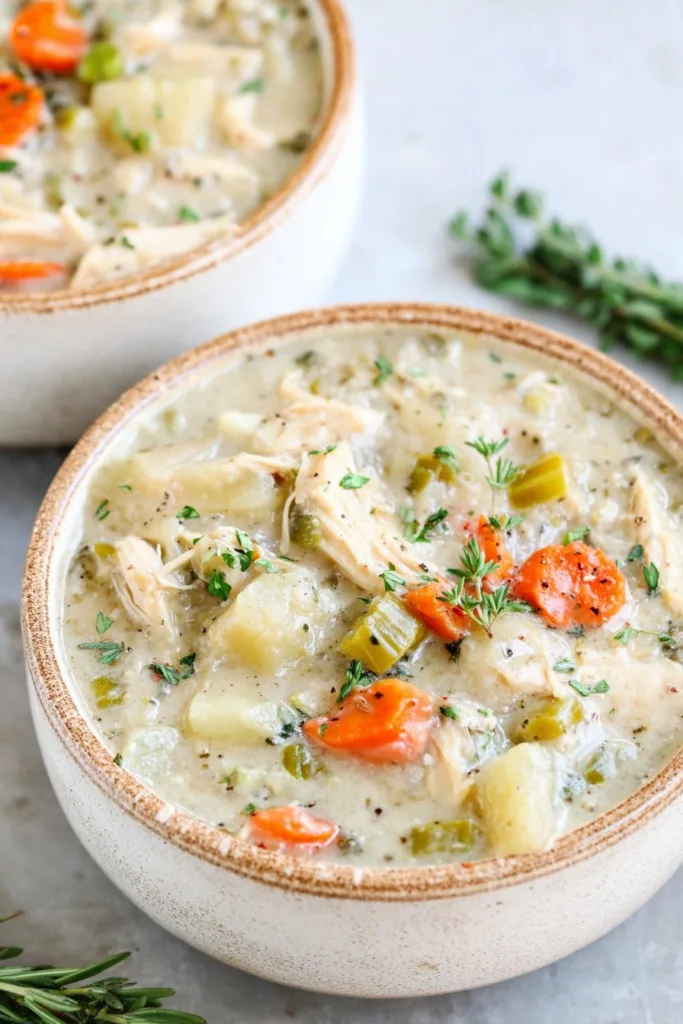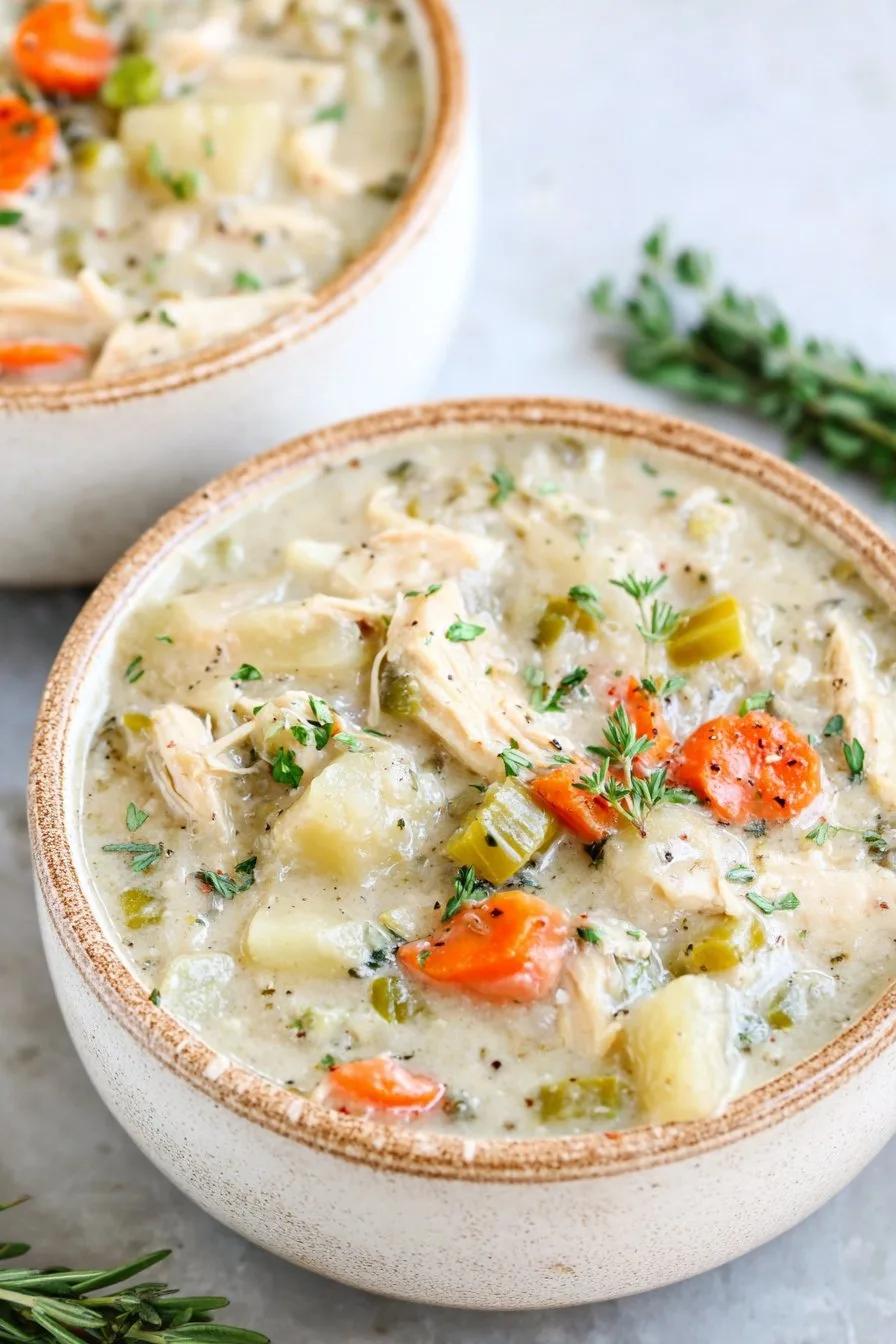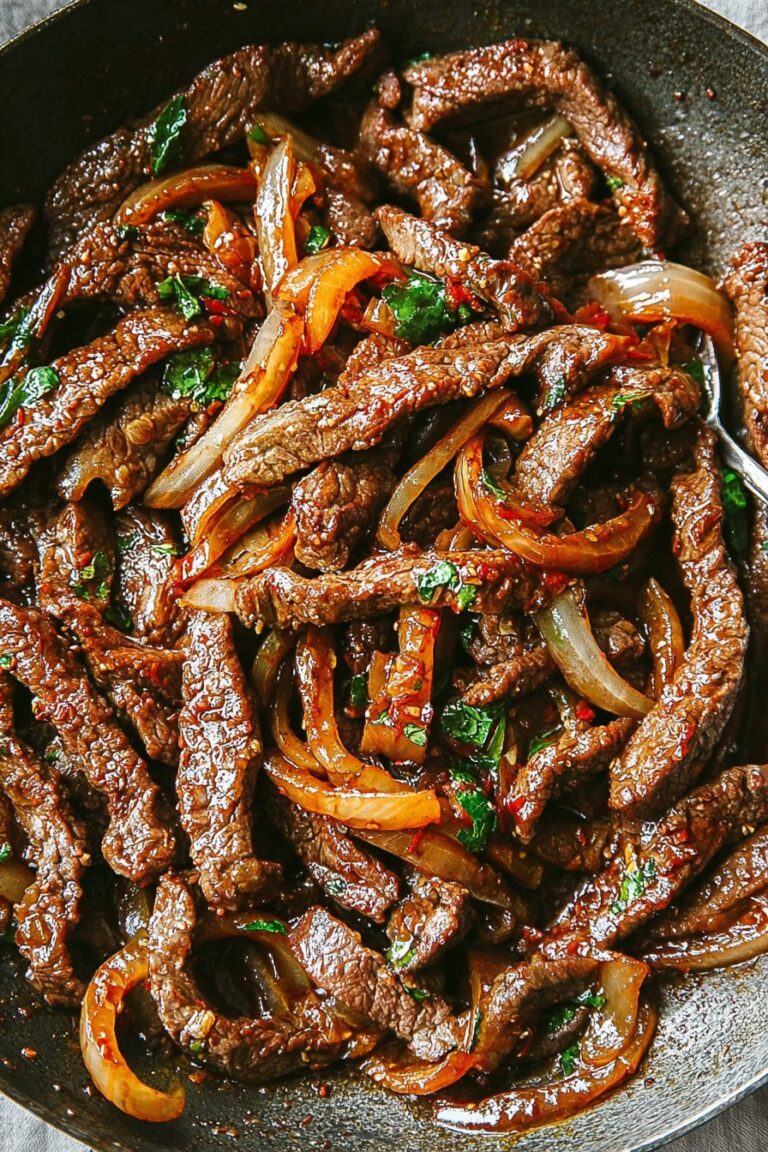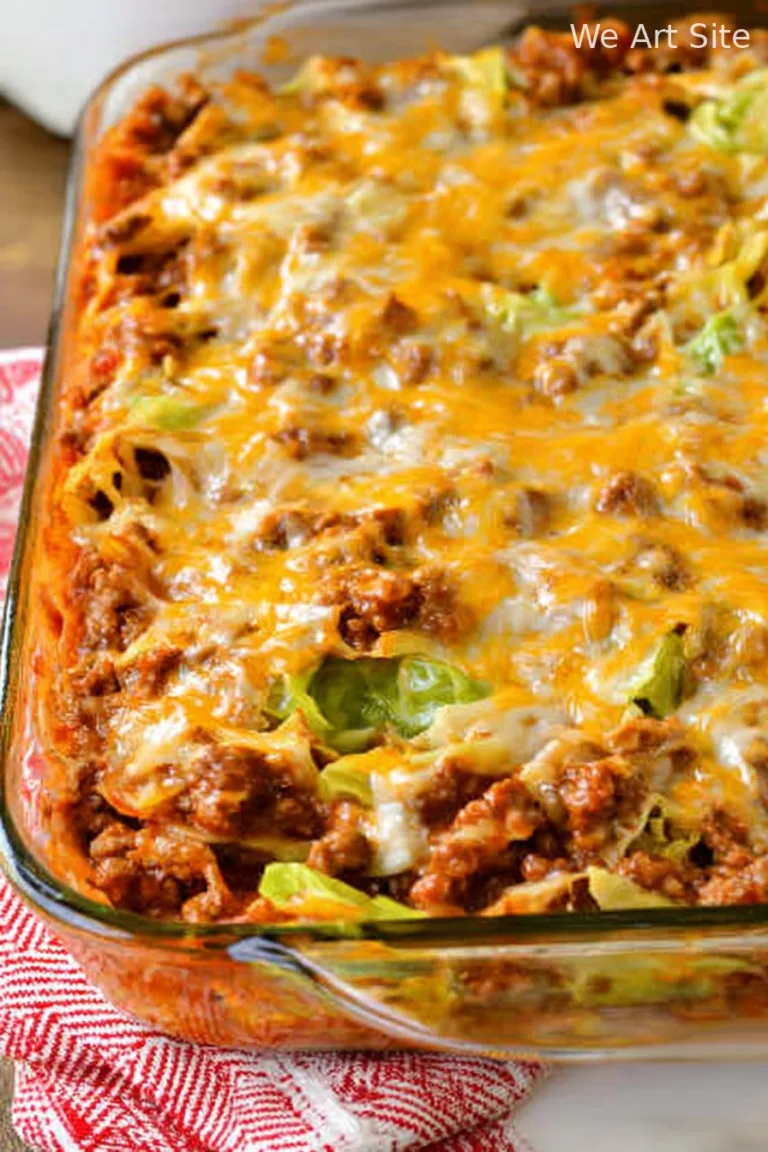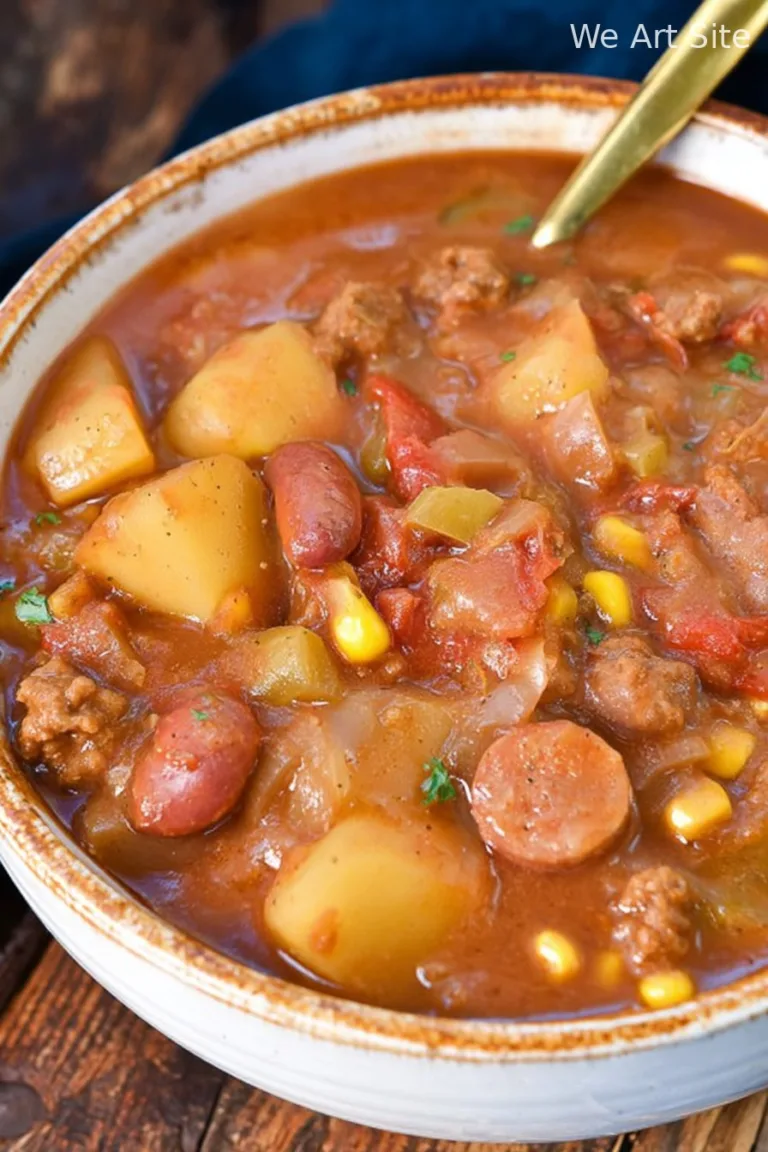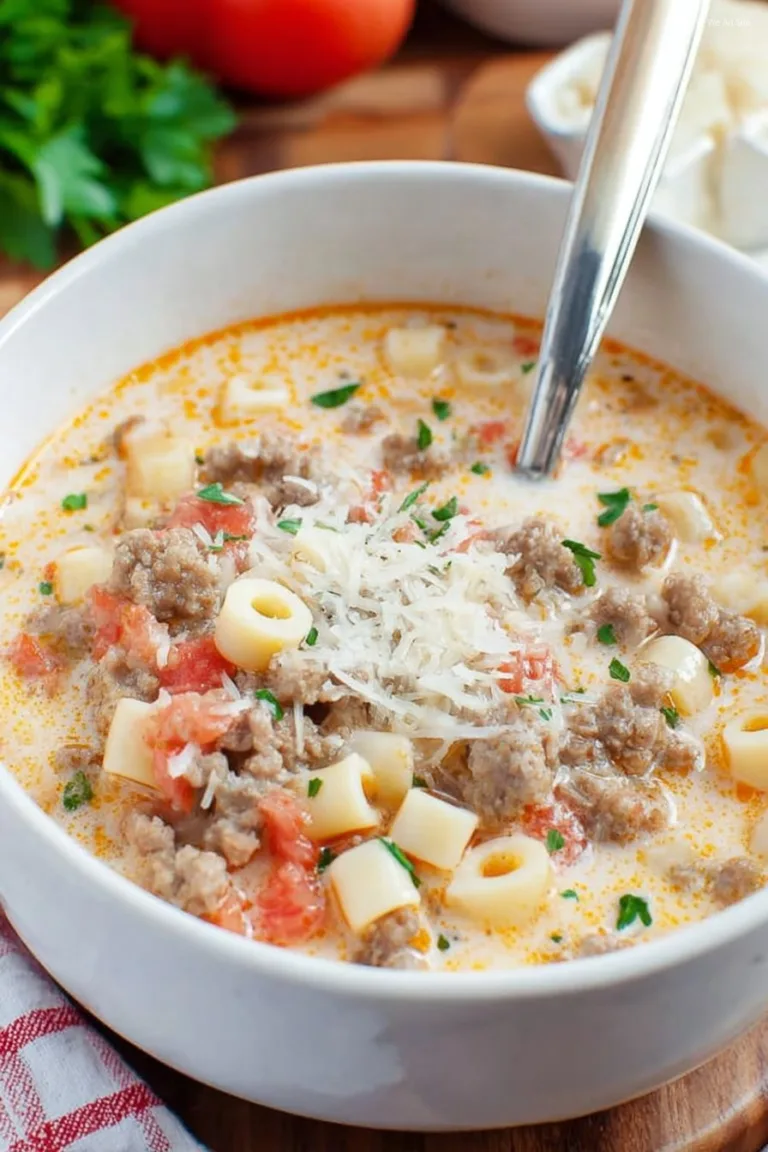The Soup That Got My Family Talking (and Eating Seconds)
You know those days where you’re craving comfort but your jeans are, um, whispering that maybe you should hold back a bit? That’s basically how I cooked up my first batch of healthy chicken pot pie soup. Actually, I think it started with me trying to stretch leftover roast chicken (because who has time to make a whole pie on a Tuesday after work, right?). Anyway, I threw a bunch of veg in a pot, tinkered with the broth, and my husband—who claims he can “taste healthy”—didn’t even notice it was lighter. He just asked for more bread to dunk. Win!
Why I Keep Making This (and You Might Too)
I make this soup when the weather can’t decide what it’s doing or when my kids start asking, “When are we having something creamy?” (I swear they have a sixth sense for comfort food.) My family goes bonkers for it because it’s thick and cozy, but not “Why did I eat three bowls?” heavy. Plus, the leftovers taste even better the next day—if there are leftovers. Oh, and no pastry to roll out, which is a blessing because rolling pins and I have a complicated history. Seriously, if you’ve ever tried scraping flour off your counter with a credit card, you know what I mean.
What You’ll Need (and My Not-So-Secret Swaps)
- 2 cups cooked chicken, diced or shredded (Rotisserie chicken is my usual shortcut. Sometimes I use turkey if it’s post-Thanksgiving.)
- 1 tablespoon olive oil (Butter works if you’re feeling a bit cheeky; or avocado oil, whatever’s handy.)
- 1 large yellow onion, diced
- 2-3 carrots, chopped however you like (I just give ’em a rough chop, honestly.)
- 2 celery stalks, sliced thin-ish
- 3 cloves garlic, minced (Or a big spoonful from the jar if you’re in a rush—no judgment.)
- 4 cups low-sodium chicken broth (My grandmother only used homemade, but boxed is fine—I promise she’s not watching.)
- 1 1/2 cups milk (I use 2% usually; I’ve tried almond milk, but it gets a little weird. Your call.)
- 1/3 cup flour (Plain, or you can use whole wheat if you must. Gluten free blend works too.)
- 1 cup frozen peas (Or fresh if you’re fancy; I just grab a handful from the bag.)
- 1 cup diced potatoes (Yukon Gold or whatever’s lurking in your pantry. Sweet potatoes are also lovely.)
- 1 teaspoon dried thyme (Sometimes I get wild and use Italian herbs instead.)
- Salt and pepper, to taste (Start light—you can always add more.)
- Optional: a splash of cream for extra coziness, chopped parsley for garnish
How I Throw It Together (More or Less)
- Heat the olive oil in your biggest soup pot (or Dutch oven if you want to feel fancy) over medium heat. Toss in the onion, carrots, and celery. Stir ’em up, let them get soft—about 5-6 minutes, but I never actually time it. If you like a bit of color, let some bits brown; it’s not a science.
- Add the garlic and thyme. It’ll smell great. Don’t let the garlic burn though—trust me, burnt garlic is not the flavor you want.
- Sprinkle in the flour and stir like mad—it’ll look a bit lumpy. That’s okay! This is where I usually sneak a taste and second-guess whether I remembered all the steps.
- Gradually pour in the chicken broth while stirring. Go slow, so it doesn’t get all clumpy. Add the milk and bring it to a gentle simmer. If it looks a bit thin, don’t worry, it’ll thicken as it cooks (and honestly, thick soup is a vibe).
- Add the potatoes. Let the whole thing bubble along until the potatoes are fork-tender, maybe 12-15 minutes? Sometimes I just poke them every so often and call it good.
- Stir in the chicken and peas. Heat until everything is, well, hot. Season with salt and pepper. If you’re feeling jazzy, add that splash of cream or some parsley. Or both. Live a little.
Notes (A Few Lessons from My Kitchen Experiments)
- If your soup is too thick, a splash more broth or milk sorts it out. Too thin? Sometimes I mash a bit of potato right in the pot—works wonders.
- Forgot the peas? No stress. I’ve made it without, and no one noticed. (But I like the pop of green.)
- Actually, I find it works better if you add the cooked chicken at the end, so it doesn’t get all stringy.
If You Want to Mix Things Up
I once tried tossing in a handful of corn—pretty tasty. Mushrooms are also fab, though my youngest claimed it was “too earthy” (his words, not mine). Oh, and don’t try using cauliflower instead of potatoes. Trust me, it just gets sad and weirdly watery. But hey, if you figure out a way to make that work, tell me!
Do You Need Fancy Gear?
Honestly, my trusty old soup pot (I think it’s older than my marriage) does the job. A Dutch oven is nice but not required. If you don’t have one, just use the biggest saucepan you own. I sometimes use a potato masher to get the soup thicker, which is not at all traditional but works in a pinch.
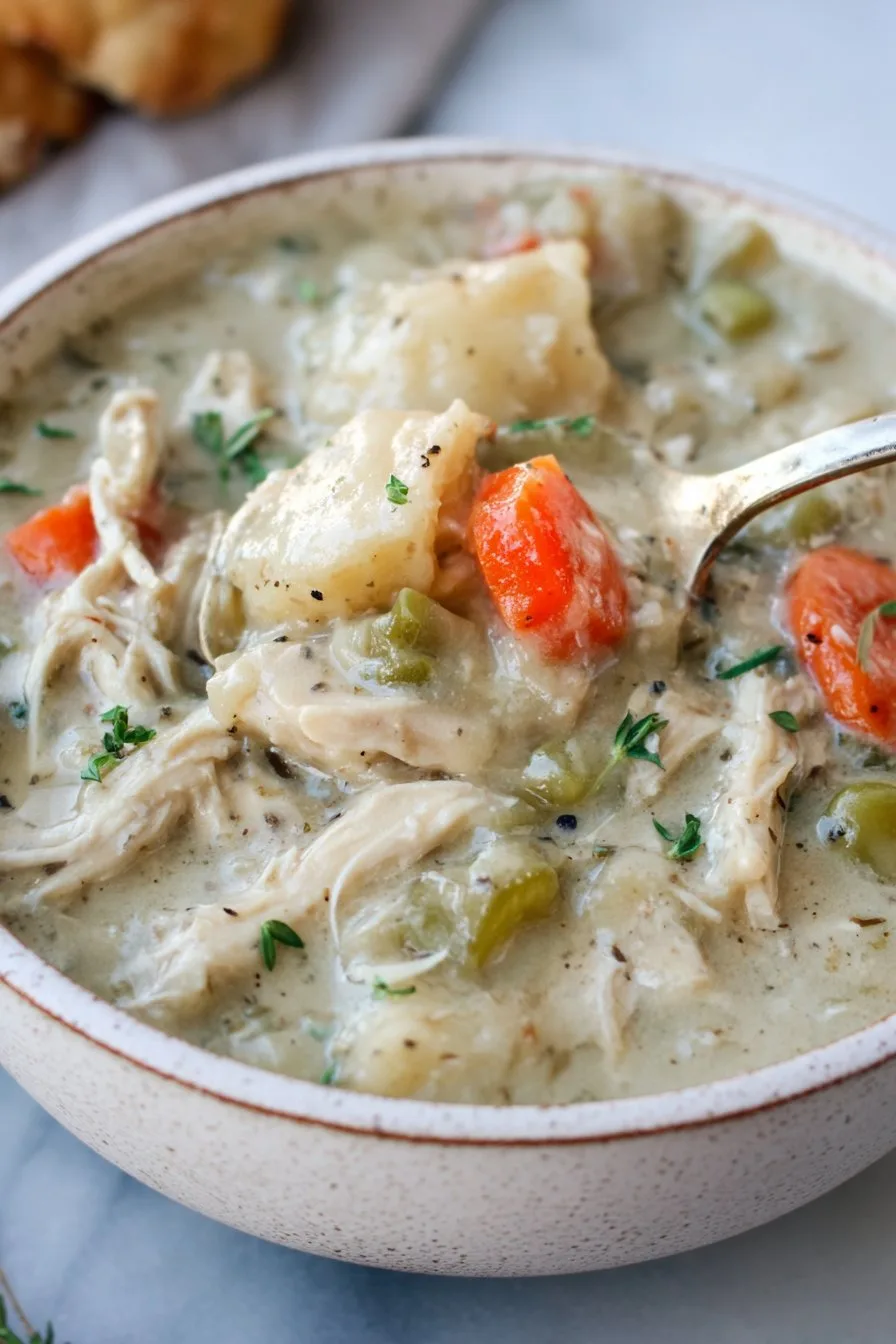
How to Store It (Assuming There’s Anything Left)
Pop leftovers in an airtight container and refrigerate for up to three days, though honestly, in my house it never lasts more than a day! You can freeze it, but the potatoes go a bit mushy. Not a dealbreaker, just…different.
How I Serve It (and a Little Family Ritual)
We always serve this with crusty bread for dunking—sometimes I get ambitious and bake no-knead bread (but store-bought is fine, obviously). My daughter insists on a sprinkle of extra pepper. And sometimes, if it’s a Friday night, we’ll have a green salad alongside. Or just more soup. Up to you.
Pro Tips (Learned the Hard Way)
- Don’t rush the potato-cooking step; I tried to speed it up once and ended up with crunchy bits. Nobody wants crunchy potatoes in their soup. Just let them do their thing.
- If your soup gets way too thick (it happens), add broth, not just water, for better flavor. Oh, and don’t skimp on the salt at the end – it brings all the flavors together.
Some Questions I Get (And My Real Answers)
- Can I make this in a slow cooker? Sort of! Cook your potatoes and veg first in the slow cooker on high for a few hours, then stir in the flour and liquids. It’s a little backwards, but it works. (Actually, someone on r/soup gave me that tip!)
- Is this gluten free? If you use a GF flour blend, yeah. But check your broth, some are sneaky.
- Can I use leftover turkey? Absolutely—tastes great. I think it’s even better that way, but maybe that’s just nostalgia talking.
- What if I don’t have milk? I’ve used unsweetened oat milk in a pinch. It’s fine, maybe a tad earthy, but still totally slurpable.
- How do you get it so creamy? A little patience, stirring, and (if you’re me) occasionally a splash of cream. But not too much or it’s not really healthy anymore, is it?
Oh, and if you get the chance, try pairing it with homemade biscuits. Seriously, there are few things better. Anyway, happy cooking! And let me know if you try a wild variation (unless it’s cauliflower, ha).
Ingredients
- 2 cups cooked, shredded chicken breast
- 1 tablespoon olive oil
- 1 medium onion, diced
- 2 cloves garlic, minced
- 2 carrots, sliced
- 2 celery stalks, sliced
- 1 cup frozen peas
- 3 cups low-sodium chicken broth
- 1 cup unsweetened almond milk
- 2 tablespoons whole wheat flour
- 1 teaspoon dried thyme
- 1/2 teaspoon salt
- 1/4 teaspoon black pepper
Instructions
-
1Heat olive oil in a large pot over medium heat. Add onion, carrots, and celery, and sauté for 5 minutes until softened.
-
2Add garlic and cook for 1 minute until fragrant. Stir in the whole wheat flour and cook for another minute.
-
3Gradually whisk in chicken broth and almond milk, stirring constantly to avoid lumps.
-
4Add shredded chicken, peas, dried thyme, salt, and black pepper. Bring to a simmer and cook for 15-20 minutes, stirring occasionally.
-
5Taste and adjust seasoning as needed. Serve hot, garnished with fresh herbs if desired.
Approximate Information for One Serving
Nutrition Disclaimers
Number of total servings shown is approximate. Actual number of servings will depend on your preferred portion sizes.
Nutritional values shown are general guidelines and reflect information for 1 serving using the ingredients listed, not including any optional ingredients. Actual macros may vary slightly depending on specific brands and types of ingredients used.
To determine the weight of one serving, prepare the recipe as instructed. Weigh the finished recipe, then divide the weight of the finished recipe (not including the weight of the container the food is in) by the desired number of servings. Result will be the weight of one serving.
Did you make this recipe?
Please consider Pinning it!!

